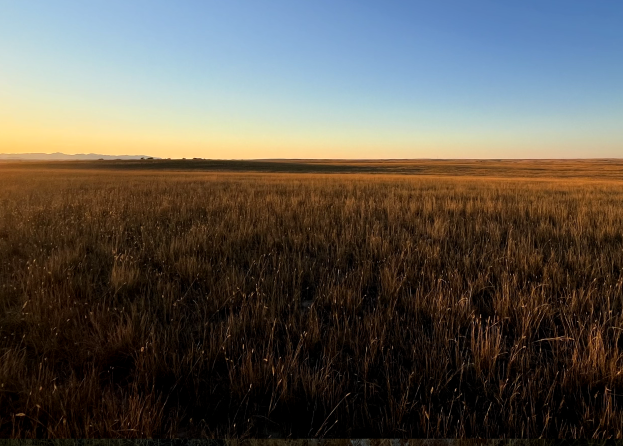Blue Hills Working Forest
The Blue Hills Carbon Project, in partnership with the Blue Hills Foundation, restricts harvest of a forest characterized by increasingly valuable timber as stands mature into merchantable size and grade classes. Timber harvesting will continue, supporting a long history of property timber management and a sustainable local timber economy. Working forest easements protect the majority of this property from ever being developed.
Located in Strafford and Belknap Counties in Southern New Hampshire, this 6,000-acre working forest is populated with mature and merchantable pine and hardwoods including uncommon species, such as red spruce, that provide important wildlife habitat. Through the carbon project, Blue Hills Foundation has committed to maintaining and improving forest stocks to increase carbon sequestration, improve forest health, and protect water quality.
- Regional timber markets are strong with substantial sawmill capacity. Harvesting timber would generate significantly more revenue than protection of carbon stocks.
- 200 acres of the project area was previously clearcut prior to acquisition by Blue Hills Foundation. Commercial harvesting is common in the region using a wide range of silvicultural practices.
- Conservative baseline recognizes the multi-value nature of the forest by implementing small shelterwood harvests and no-cut reserves.
A source of sustainable timber and forestry employment, this project supports a working forest and a strong rural economy. This project also provides watershed protection. No-harvest reserves around riparian areas protect water quality of the nearby Great Brook and Big River.
This project is expected to sequester approximately 471,000 metric tons of CO2e over 20 years.

Our Mission & Vision
As a nonprofit organization, our investments are driven by climate impact and put landowners first. We work alongside our partners to develop and fund projects that support grassland conservation, reforestation, and improved forest management strategies.